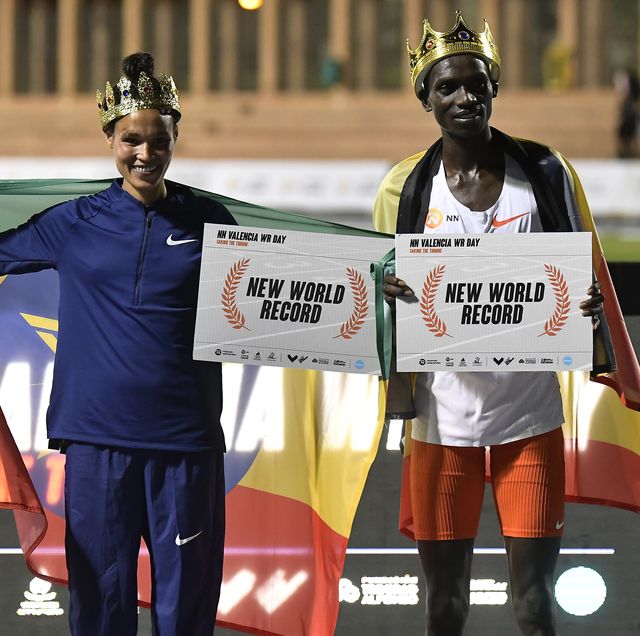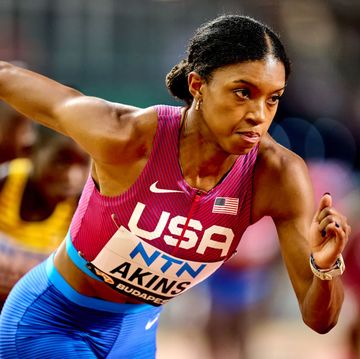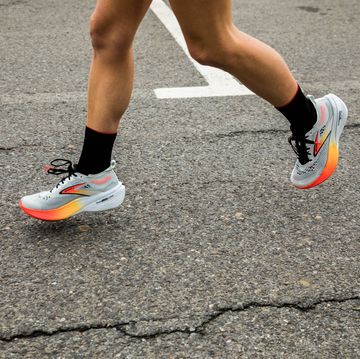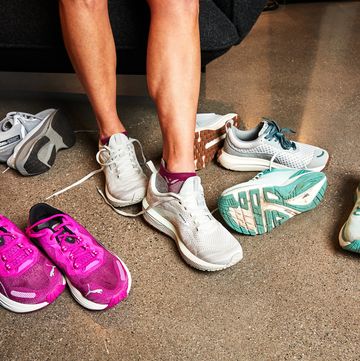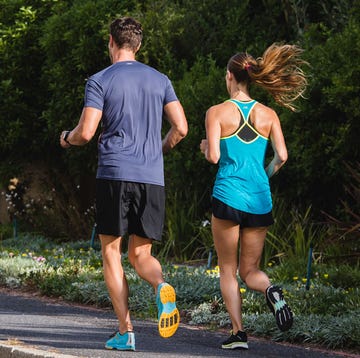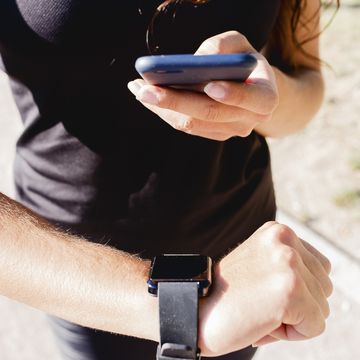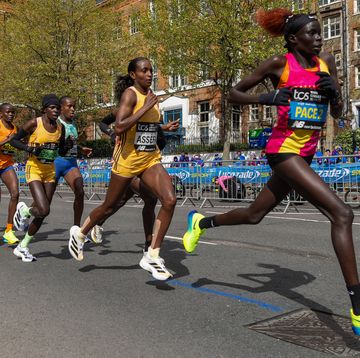They say records are made to be broken. We’ve yet to find the end of the line on human improvement on the road and tracks, which is exciting.
Lately, it seems world, national, championship, and event records are being broken over and over. For example, the women’s half marathon world record has been reset by stunning margins two or three times a year since 2017. Knowing that the latest record-holder, Letesnebet Gidey, has run 62:52, what do we think of … literally anyone else? The same can be said of Eliud Kipchoge’s sub-2 marathon, which doesn’t count for record purposes, but still, there’s that 1:59:40 time to ponder.
In a world where the fastest is being continuously upgraded, how do we put it all into perspective? When you look back on an amazing time, what does it mean relative to today? Conversely, how do we make sense of today’s results when great past performances would almost be also-rans?
Fastness factors
I won’t dive into doping or shoe technology. This isn’t because they’re not significant, but because they’re so significant they could be (and are!) discussed for hours. We know those variables are moving the needle—a lot.
Because doping and shoe advances seem to be sticking around, the question remains regarding comparisons from decade to decade, or even year to year. Consider this year’s New York City Marathon. The top three women were within 20 seconds of the course record. The top four American women ran faster than many women who had made the podium or even won in NYC in the recent past. Anne Frisbie ran a brilliant (and brave!) debut in 2:26:18 to finish seventh. That’s faster than U.S. marathon record-holder Deena Kastor ran the course (2:26:59) in her marathon debut in 2001, and faster than I did in 2016 (2:28:13) to place third, three months after setting the U.S. 10,000-meter record. It was a fast day, and future stars are emerging for sure.
The way I look at these kinds of rankings and comparisons questions is…. to not answer them. As with looking at results without watching the race, they tell only part of the story.
Apples and oranges
You can’t really compare times on the road, because each race is too unique—beyond even the obvious topography of the course. You could nearly say the same about a championship track race. It’s a snapshot in time, not only of the conditions that day, but of the state of the bodies and minds of the people running.
Motivations are uniquely set: Maybe someone is going for a world championship berth, or trials qualifier. Maybe someone else is injured or is in a chaotic part of life. Maybe someone is literally running for their life. The weather and wind are a certain way, the Olympics and a bunch of closely stacked World Marathon Majors may or may not have just happened, affecting how emphasized this buildup was.
A certain runner in the field may dictate if people go out tactically and add time to the clock or go fast from the gun. For the women, it matters if they race alongside men or not. Like a piece of amber preserving telling chunks of the environment and set by the hands of time, these race results are a reflection of so many influences coming together to create a unique outcome recorded as a list.
Beyond just times
But there are 100 stories behind the finishing times. To me, this is what’s more interesting to delve into.
I think trying to figure out how Meb Keflezighi stacks up to Frank Shorter is a conversation that will get some hot takes, but it’s a sort of bait. For the most part, the greats were greats of their time. I don’t think they’re diminished by what happens later. Too much wasn’t available to them at the time, whether it was technology or performance targets.
A more fulfilling meal to me are the rich back stories behind how these races played out. It’s why I thought books like Duel in the Sun or Running With Buffaloes were so interesting. We could write versions of those books or make a great docuseries about any number of epic races and how the performances came to be. There’s a lot of missing context to be shared if more people could hear about what was going on during those separate story lines as they all converge onto the starting line. If anyone wants to take those projects on, I’m your first customer.
For now, we can count on runners continuously improving, from pros to high schoolers. We all keep learning and sharing information and motivation that allows us to keep hitting new benchmarks. The times will probably continue to get faster and the results deeper. We’re already seeing a need for faster qualifying times in many events.
And we’ll keep being a product of our eras, shooting for the time barriers and competitors right in front of us as we all roll forward. Not everything about how it’s happening right now is natural, but it’s still always been an evolution. I can’t imagine where it goes from here, but you can expect it’ll be a page-turner.
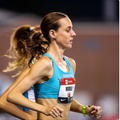
Molly Huddle is a two-time Olympian who holds the American record at 10,000 meters. She placed fourth at the 2018 New York City Marathon in a personal best of 2:26:44.
